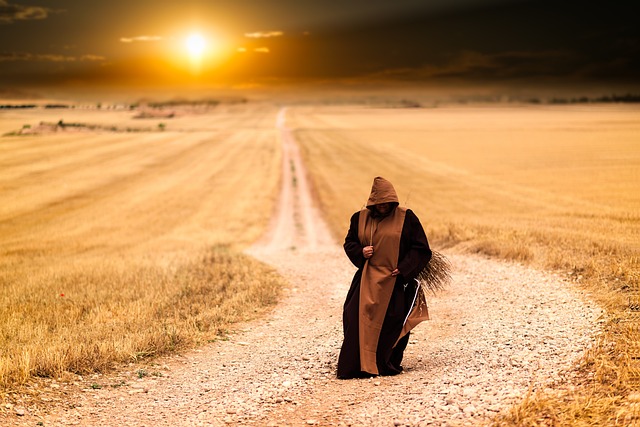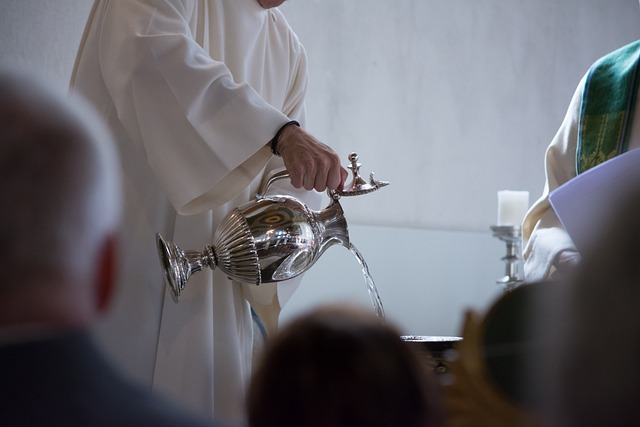In the tapestry of human existence, the intersection of the physical and spiritual realms has always been a profound area of exploration. Among the many avenues through which humanity connects to the divine, body-spiritual rituals stand out as deeply transformative and unifying experiences. These rituals serve as a bridge, inviting individuals to immerse themselves in the sacred, often unlocking a more profound sense of purpose and belonging within their religious communities.
Across various religions, body-spiritual rituals manifest in myriad forms, each imbued with rich symbolism and cultural significance. In many traditions, the body is considered a vessel through which the spirit connects to the divine. This perspective fosters a holistic understanding of spirituality that embraces both physical and metaphysical elements. For instance, in Hinduism, the act of yoga combines physical postures with meditative practices to cultivate harmony between body and spirit. Each asana is not merely a stretch or pose but rather a spiritual practice that opens pathways to deeper awareness and personal growth.
Similarly, in Native American cultures, ceremonial dances highlight the body’s role in spiritual expression. These dances, often performed in communal settings, allow individuals to channel their inner energy and connect with ancestral spirits. The rhythmic movements and sacred songs serve to ground practitioners in their bodies while elevating their spiritual consciousness, creating a powerful synergy between the tangible and the intangible.
Furthermore, the process of fasting in various religious traditions exemplifies the body-spiritual connection. For Muslims during Ramadan, abstaining from food and drink serves not only to purify the body but also to enhance spiritual clarity and empathy towards those who are less fortunate. This practice highlights how spiritual intentions can reshape our physical experiences, prompting deep reflections on humility, gratitude, and compassion.
In addition to physical acts, body-spiritual rituals often invoke sensory experiences that elicit profound emotional responses. The fragrant incense in Buddhist meditation spaces, the rhythmic sounds of drums in African tribal ceremonies, or the comforting touch of a prayer shawl in Jewish traditions all serve to engage the senses and cultivate a spiritual atmosphere. These elements invite participants to ground themselves in the present moment, fostering a deeper connection to the divine and to one another.
As we delve deeper into the significance of body-spiritual rituals within religious practices, it becomes evident that these sacred expressions are not merely about the actions themselves. They encompass the intentions, beliefs, and emotional experiences that arise from them. The act of participating in these rituals offers moments of transcendence, healing, and connection that resonate with the very core of our being.
Ultimately, the journey through body-spiritual rituals invites us to explore the sacred dimensions of our existence. As we engage in these practices, we are reminded of the profound interconnectedness of all aspects of life—the spiritual, the physical, and the communal. It is within this sacred connection that we can find solace, strength, and a sense of belonging in our spiritual journeys.



